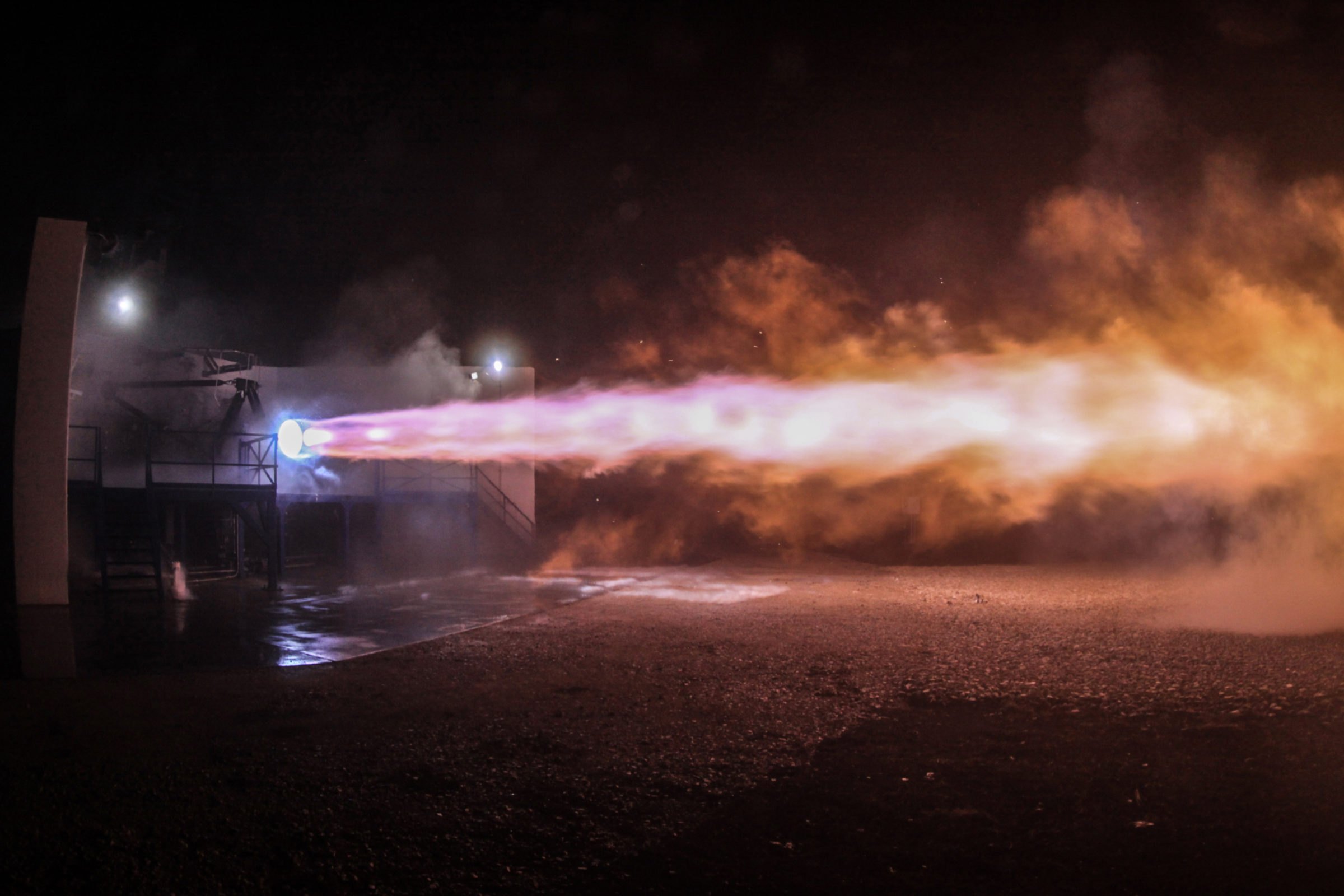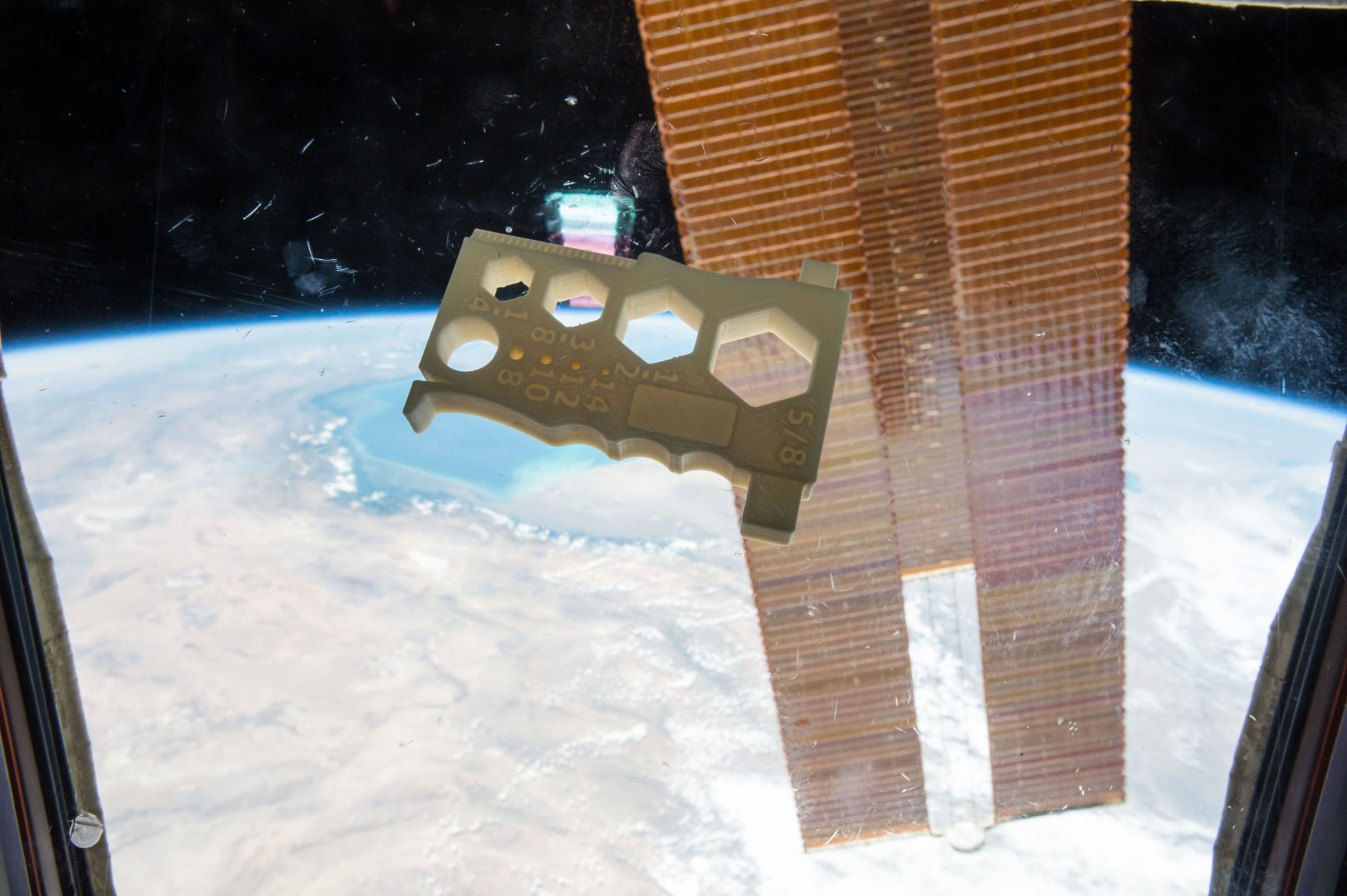Max Fagin • Sep 28, 2017
Is Mars habitable? With the right technologies, yes
What do we mean when we say an environment is “habitable”? When referring to exoplanets, the term “habitability” is usually equated to whether or not liquid water can exist on the planet’s surface. But that doesn’t always answer the question of whether humans can inhabit a given environment. After all, Earth’s South Pole doesn’t have liquid water on the surface. Neither does low-Earth orbit. Yet resourceful humans have been inhabiting both locations for decades.
What about Mars? Mars is on the outer boundary of our solar system’s habitable zone, and we know what looks like briny, liquid water can exist on the surface for short periods of time. But does that really make Mars habitable? From a practical standpoint, the answer depends on what technologies we bring there to create our own artificial habitable zones on the surface.
Long-term habitation on Mars will require us to master the conversion of raw Martian materials into resources we can use to survive. Fortunately, Mars has a wealth of these materials, making it arguably the most human-habitable place in the solar system, other than the Earth itself.
In a 2014 conference at the NASA Ames Research Center, Dr. Chris McKay, a planetary scientist and founding member of The Mars Society, presented a list of Mars’ most important resources that early Martian colonists would exploit to make the planet habitable. Here’s a look at each of those resources, in the order of ease McKay predicted they would be accessed:
Atmospheric CO2
Mars’ atmosphere is its most easily accessible resource, providing feedstock for manufacturing methane propellant. The chemistry involved in separating it is simple, low power, and has been employed on Earth for more than a century.

Atmospheric N2 and argon
When pressurizing large surface habitats, an inert buffer gas minimizes the amount of oxygen required and reduces the risk of fire. The second and third most prevalent gases in Mars’ atmosphere (nitrogen and argon) fill this role very effectively, and can be easily separated with technologies borrowed from the terrestrial chemical industry.
H2O from the atmosphere and polar ice
Mars is a dry planet compared to the Earth, but compared to other celestial bodies like the moon and asteroids, its water budget is quite generous. Mars has a polar cap composed of a mixture of water-ice and CO2 dry ice, and even at non-polar latitudes, water-ice is known to exist a few meters under the surface regolith. This water can be purified and consumed, or electrolyzed to produce O2 and hydrogen, which can be further combined with atmospheric CO2 to produce a range of useful plastics.

Perchlorates in the regolith
The greatest physiological obstacles currently standing in the way of extended habitation of the surface of Mars is arguably not radiation, but the fact that analysis of the Martian regolith by NASA’s Curiosity rover indicates the regolith is, by weight, composed of about 1 percent toxic ClO4, otherwise known as perchlorates.
To put that level in perspective, the state of California recommends exposure of perchlorates be limited to .000001 percent by weight. However, assuming adequate provisions can be made to isolate Martian colonists from exposure to the regolith, or biomedical solutions can be found to the thyroid problems caused by extended perchlorate exposure, it could be used as a cheap-to-manufacture, easy-to-store, high-performance solid rocket propellant for launch vehicles.
Nitrates in the regolith
Nitrates are a useful fertilizer for Martian crops grown in Martian greenhouses from Martian regolith. NASA’s Curiosity rover found nitrates at about 1,100 parts per million in drill samples it analyzed. Perchlorates in the soil could have to be leeched out first, using water.
Basaltic Rocks
Like Earth rocks, Martian rocks are rich in metal oxides like FeO, SiO and AlO. Breaking these tightly bound oxides is an energy intensive process, but if that obstacle can be overcome, they can be mined to produce structural metals, and optical-quality glass.
Fluorine
Depending on the location, Martian rocks contain up to 10 percent fluorine by weight, in the form of fluorapatite or fluorites. While less useful for industrial manufacturing, fluorine is excellent for manufacturing perfluorinated compounds (PFCs), a family of potent greenhouse gases that, once released, remain in the Martian atmosphere for thousands of years, contributing to the greenhouse effect that Mars will require to maintain a terraformed climate and hydrosphere.

The technologies to extract and employ some of these resources have existed for more than a century (such as the ability to turn CO2 and H2 into methane). Other technologies have yet to advance beyond the lab demonstration phase. But with these and other technologies in hand, Mars would be not just habitable planet, but a second home.
Support our core enterprises
Your support powers our mission to explore worlds, find life, and defend Earth. You make all the difference when you make a gift. Give today!
Donate

 Explore Worlds
Explore Worlds Find Life
Find Life Defend Earth
Defend Earth

